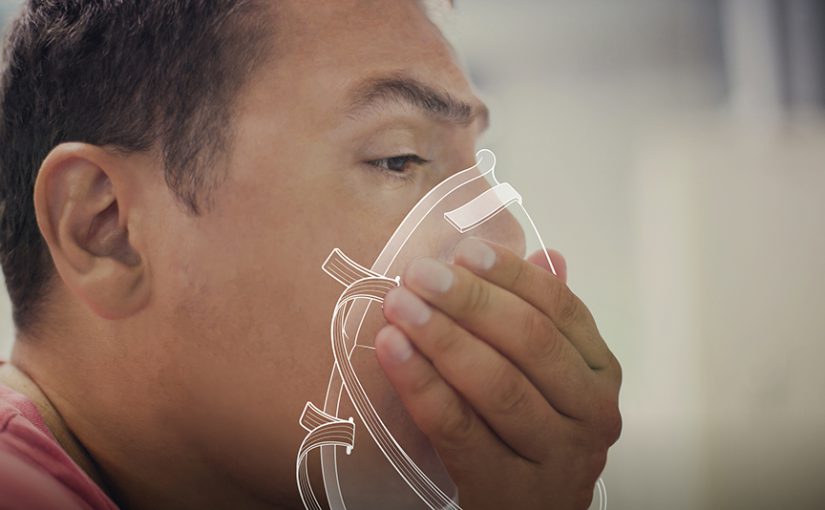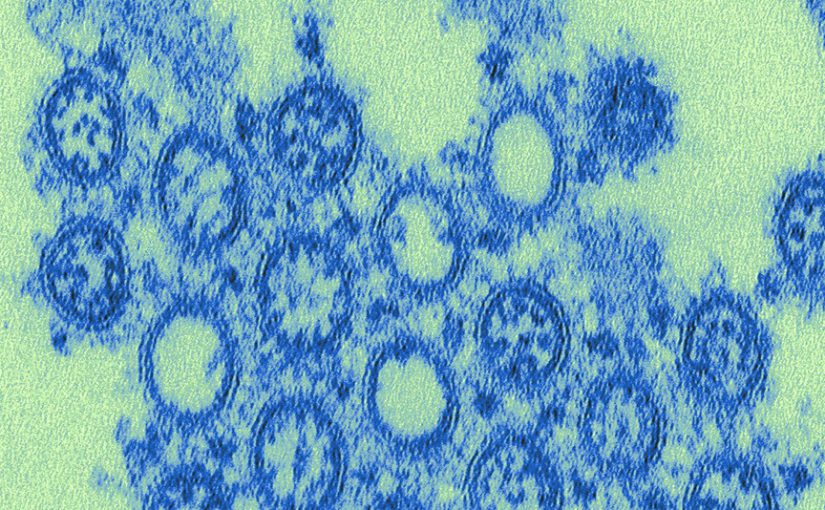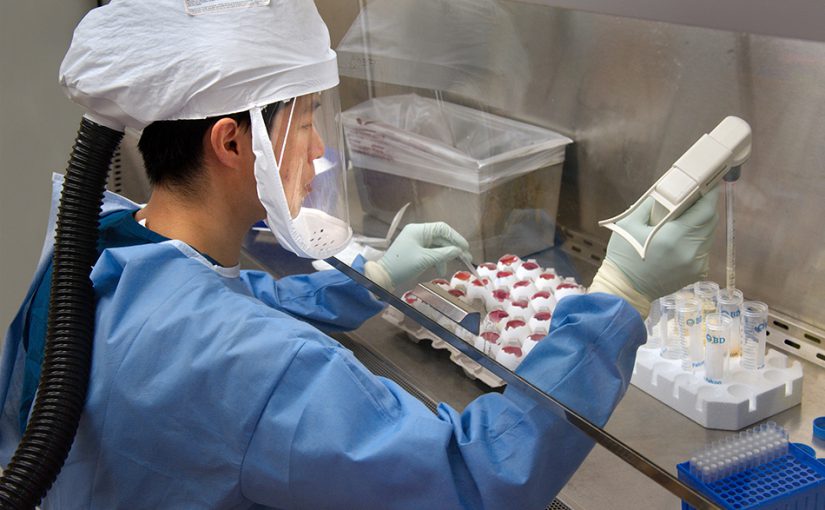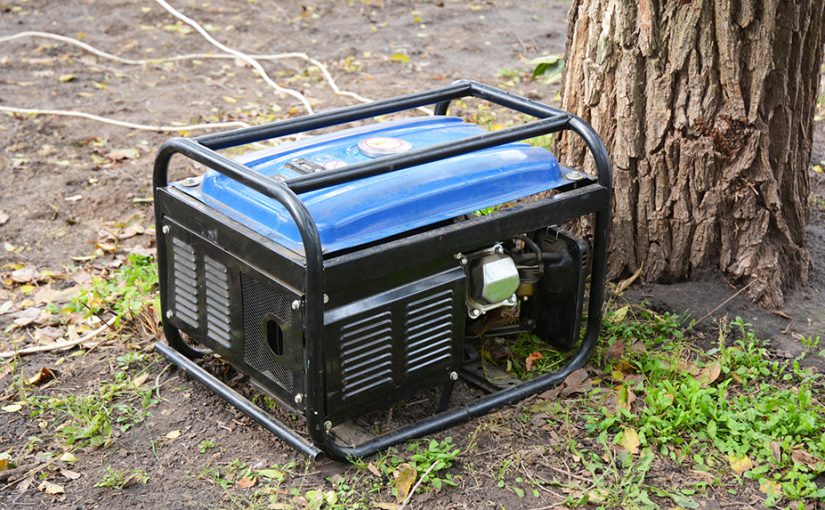Category: prevention
Six Ways to Ruin Your Summer Fun!

Ahhh, summer… when the weather’s nice, the birds are singing and the ways to endanger your health are many. Here are six things that can ruin your summer fun and simple steps that you can take to prevent them from happening. 1. Don’t Get Overheated It doesn’t matter whether you’re physically fit or young and Read More >
Posted on by 3 CommentsBreathe Easy, Part 2: How to Properly Use a Respirator in an Emergency

In the course of preparing for an emergency you might decide to buy a pack of respirators from your local hardware store, thinking that they are ready to use out of the box. However, before you can rely on one of these devices to protect you, there are some important selection and use criteria to Read More >
Posted on by 5 CommentsFood for Thought: What Hurricane Sandy Can Teach Us about Food Allergy Preparedness

Elizabeth O’Connell knows that only way to prevent a food-allergy reaction is to avoid the problem food. For her that means having to interpret precautionary language, like “may contain,” and double check ingredients labels in a race to keep up with her teenage son. Elizabeth’s now teenage son has had a severe food allergy for Read More >
Posted on by Leave a comment10 Years Later: The Lasting Impacts of the H1N1 Flu Pandemic Response

As coincidence would have it, Dr. Stephen Redd was wrapping up an influenza (flu) pandemic planning meeting on April 15, 2009, when someone on the phone reported that a new (or novel) influenza A virus had infected a 10-year-old boy in California. Things moved fast after that. The Response Two days after CDC confirmed the Read More >
Posted on by 16 CommentsKeeping Work with Select Agents Safe, Secure

Although potentially dangerous, work with select agents and toxins provides important scientific discoveries that have led to improved detection, prevention, diagnostic, and treatment options for diseases. Select agents and toxins are also considered to be some of the most threatening to the health and safety of people, plants and animals. While there is always some Read More >
Posted on by 2 CommentsAfter the Storm: 3 Types of Post-Disaster Poisonings to Know, Prepare For

National Poison Prevention Week (March 17-23) was started in 1962 to encourage Americans to “learn of the dangers of accidental poisoning and to take such preventive measures as are warranted by the seriousness of the danger.” Fifty-seven years later, those threats—and probably some new ones—to personal and public health persist. They can also be prepared Read More >
Posted on by 1 Comment
